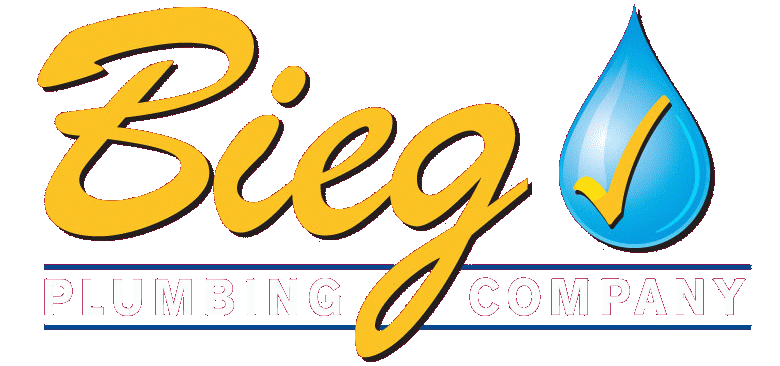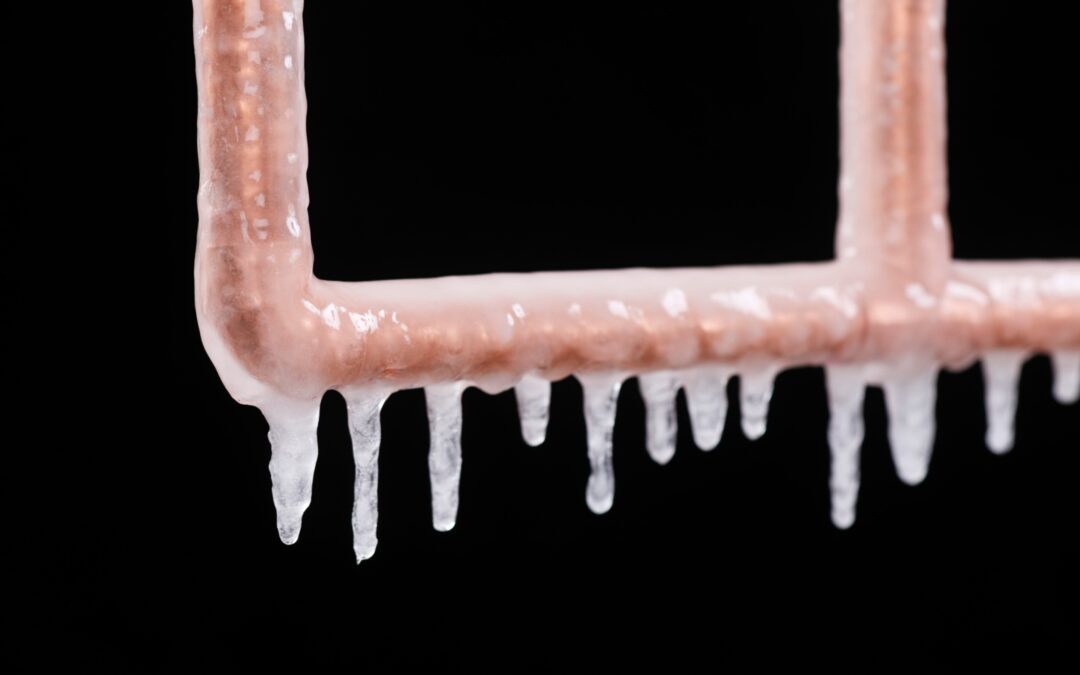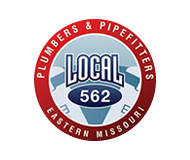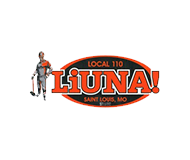As a trusted plumbing company, we at Bieg Plumbing Company believe in educating our customers about potential plumbing hazards. One often overlooked danger is the thawing process after a freeze, which can lead to burst pipes and cause significant damage to your plumbing system. In this blog post, we’ll explain why thawing after a freeze can be problematic and provide insights on how you can prevent burst pipes from wreaking havoc in your home.
How Freezing Temperatures Affect Your Pipes
During freezing temperatures, water in your plumbing pipes can freeze and expand, putting immense pressure on the pipes’ walls. This increased pressure can cause the pipes to crack or burst, leading to leaks and potential water damage when the ice melts.
The Thawing Process: A Hidden Danger
While the arrival of warmer temperatures after a freeze may seem like a relief, the thawing process can actually pose a hidden danger to your plumbing system. As the frozen water begins to melt, it can create a surge of water flow through the pipes, which can further stress the already weakened pipes. The combination of the expanding ice and the sudden rush of water during thawing can lead to burst pipes, even when the temperatures are no longer freezing.
How Burst Pipes Can Wreak Havoc
Burst pipes can cause extensive damage to your plumbing system and your home. Here are some of the potential consequences of burst pipes:
- Water Damage: Burst pipes can release a significant amount of water into your home, causing water damage to walls, ceilings, floors, and belongings. This can result in costly repairs and mold growth if not addressed promptly.
- Structural Damage: The force of the water from burst pipes can also weaken the structural integrity of your home, leading to structural damage that may require expensive repairs.
- Plumbing System Damage: Burst pipes can also damage other components of your plumbing system, such as water heaters, pumps, and fixtures, leading to further repairs or replacements.
- Disruption of Daily Activities: Dealing with burst pipes can disrupt your daily activities, such as bathing, cooking, and cleaning, causing inconvenience and discomfort for you and your family.
How to Prevent Burst Pipes During Thawing
Fortunately, there are steps you can take to prevent burst pipes during the thawing process:
- Keep Faucets Open: During the thawing process, keep your faucets open to allow a steady flow of water. This can help relieve pressure in the pipes and prevent them from bursting.
- Use Heat Sources: Use heat sources, such as space heaters, heat lamps, or a hairdryer, to gently warm up areas where pipes are located. Be cautious not to use excessive heat, as it can damage the pipes or cause a fire hazard.
- Insulate Pipes: Insulate exposed pipes with pipe sleeves, heat tape, or other insulation materials to protect them from freezing temperatures and potential bursts.
- Seal Drafts: Seal any drafts or gaps around windows, doors, and walls to prevent cold air from entering your home and affecting your plumbing system.
- Seek Professional Help: If you’re unsure about how to safely thaw your pipes or suspect that you have burst pipes, it’s best to seek professional help from a licensed plumber. They have the expertise and tools to safely thaw pipes and repair or replace burst pipes.
Help is close at hand…
The thawing process after a freeze can pose a hidden danger to your plumbing system, leading to burst pipes and significant damage. Taking preventive measures, such as keeping faucets open, using heat sources carefully, insulating pipes, sealing drafts, and seeking professional help when needed, can help you avoid the consequences of burst pipes. At Bieg Plumbing Company, we’ve been fixing frozen pipes for over 60 years.
Frozen pipes got you stuck? Call in the red truck!







